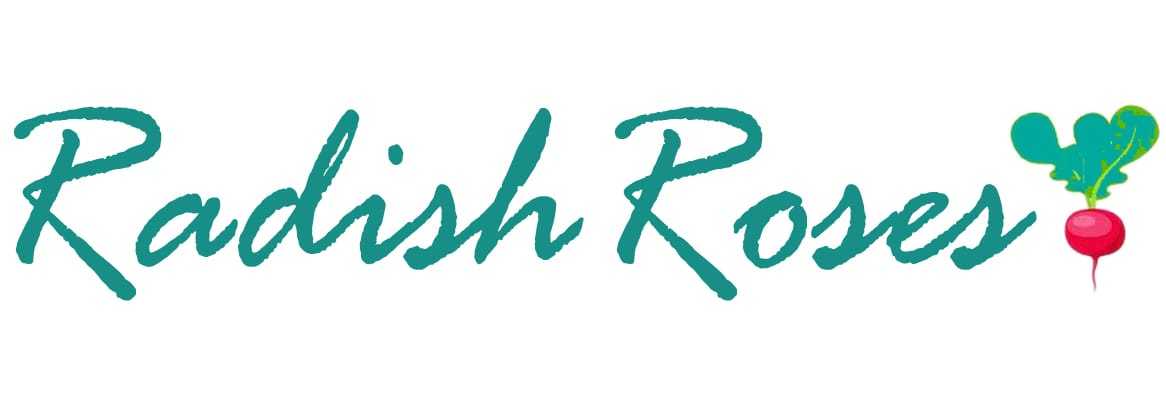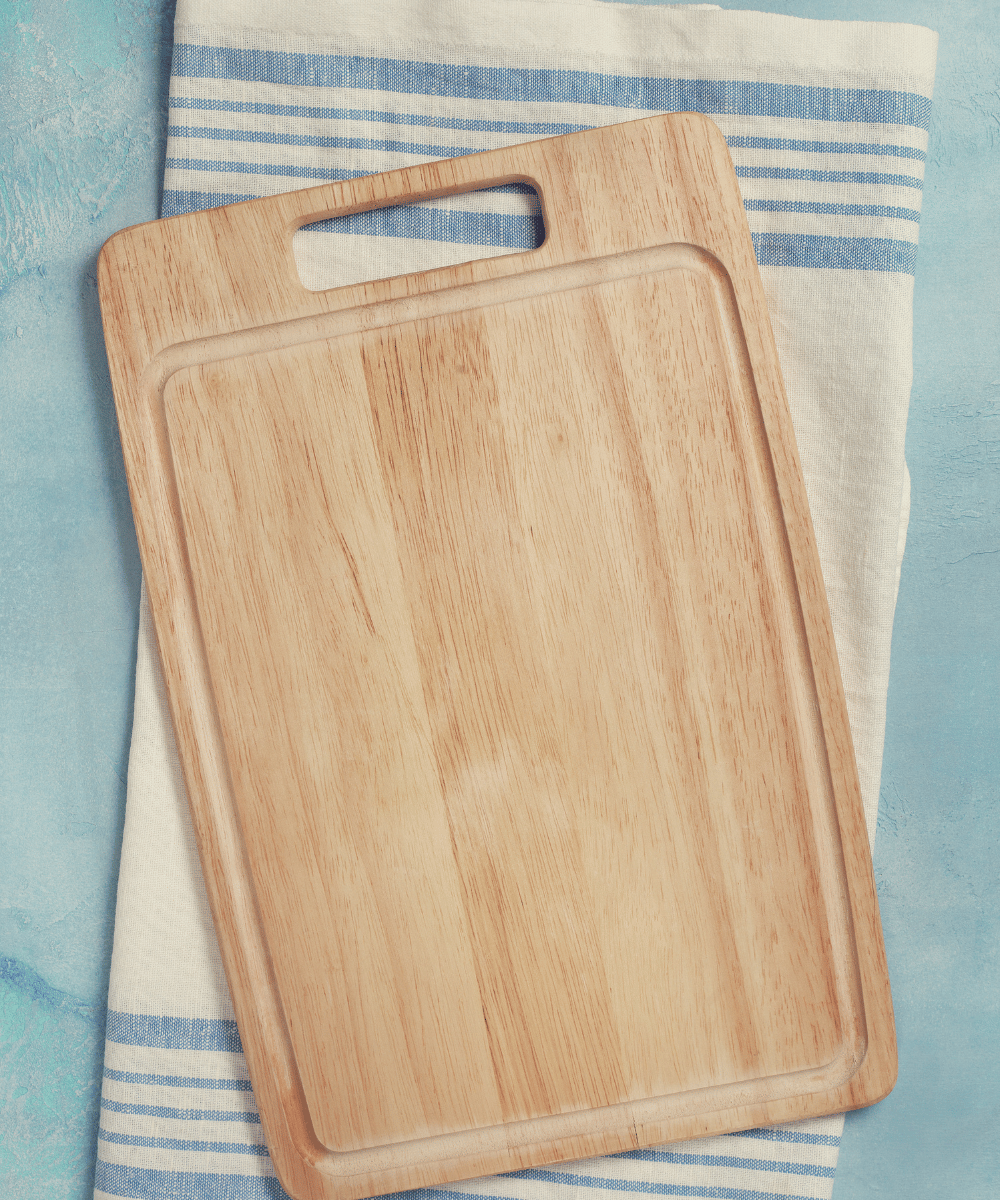Wood cutting boards are a staple in kitchens around the world. Not only do they provide a sturdy surface for chopping and slicing, but they also add a touch of warmth and natural beauty to your kitchen. However, maintaining these wooden wonders is crucial to ensure their longevity and to prevent contamination. In this comprehensive guide, we'll walk you through the best practices for cleaning your wood cutting board.
Key Takeaways:
- Understand the importance of regular cleaning and maintenance of wood cutting boards.
- Learn effective natural cleaning methods to keep your cutting board sanitized.
- Discover how to properly oil and maintain your wood cutting board to extend its life.
The Importance of Keeping Your Wood Cutting Board Clean
Wood cutting boards require regular cleaning to prevent bacteria growth and cross-contamination. Unlike plastic, wood has natural antibacterial properties, but these can only do so much if the board isn't properly maintained. Cleaning after each use is essential to ensure food safety and to maintain the board's condition.
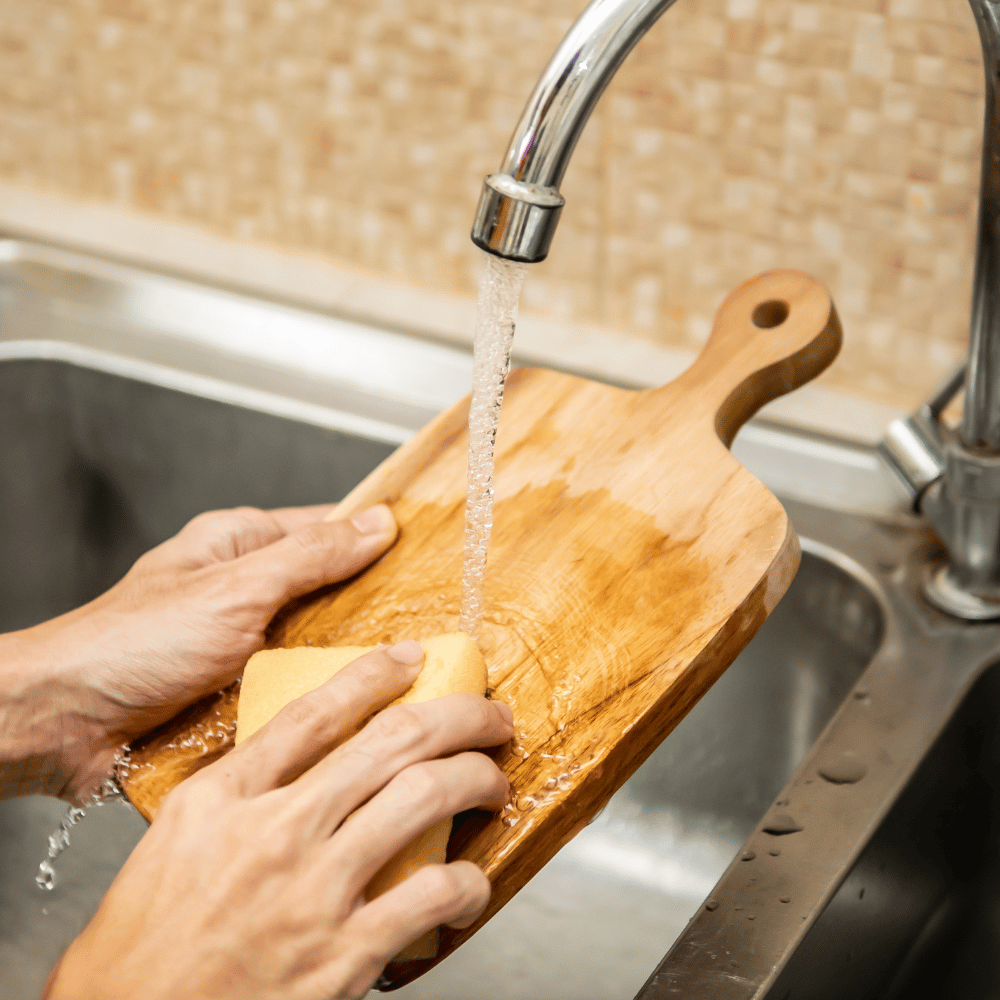
Daily Cleaning Rituals
After each use, it's important to wash your wood cutting board with warm, soapy water. Use a soft sponge or brush to gently scrub the surface, paying special attention to any grooves where food particles may be trapped. Rinse thoroughly with hot water and dry with a clean towel. Avoid soaking the board, as prolonged exposure to water can cause the wood to warp or crack.
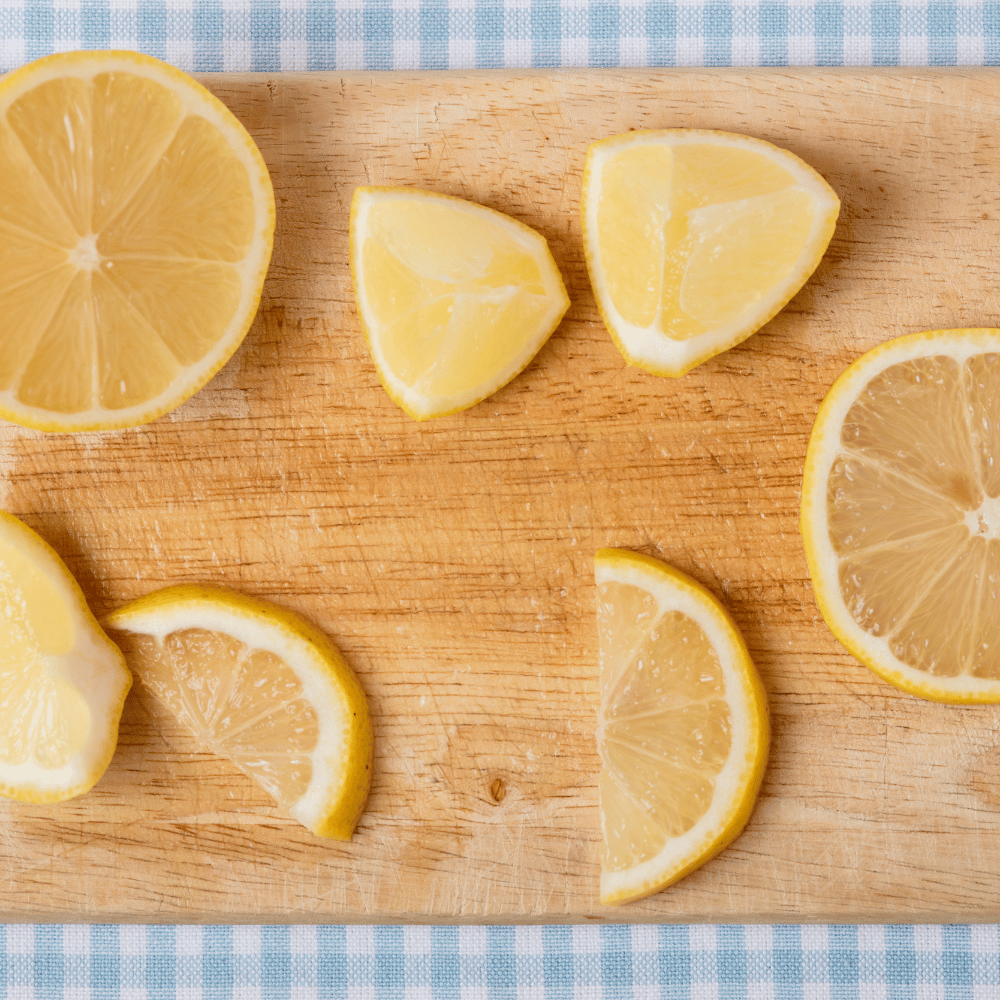
Dealing with Stains and Odors
Stains and odors can be a common issue with wood cutting boards. To tackle these, sprinkle coarse salt over the surface of the board and rub it with a cut lemon, using the lemon as a scrubber. The acidity of the lemon helps to break down residue and neutralize odors, while the salt acts as an abrasive to lift stains.
Deep Cleaning for a Fresh Start
For a deeper clean, you can create a paste with baking soda, salt, and water. Apply this to the board and scrub with a brush. This method is particularly effective for removing stubborn stains and odors. After scrubbing, rinse the board thoroughly and dry it with a towel.
Sanitizing Your Wood Cutting Board
Sanitizing your wood cutting board is crucial, especially after preparing raw meat, fish, or poultry. You can sanitize the board by wiping it with a solution of one tablespoon of unscented, liquid chlorine bleach per gallon of water. After applying the solution, rinse the board thoroughly with water and dry it completely.
The Role of Vinegar in Cleaning
White vinegar is another excellent, natural sanitizer. Apply undiluted vinegar to the surface of the cutting board with a clean cloth. The acetic acid in vinegar is effective against bacteria such as E. coli, Salmonella, and Staphylococcus.
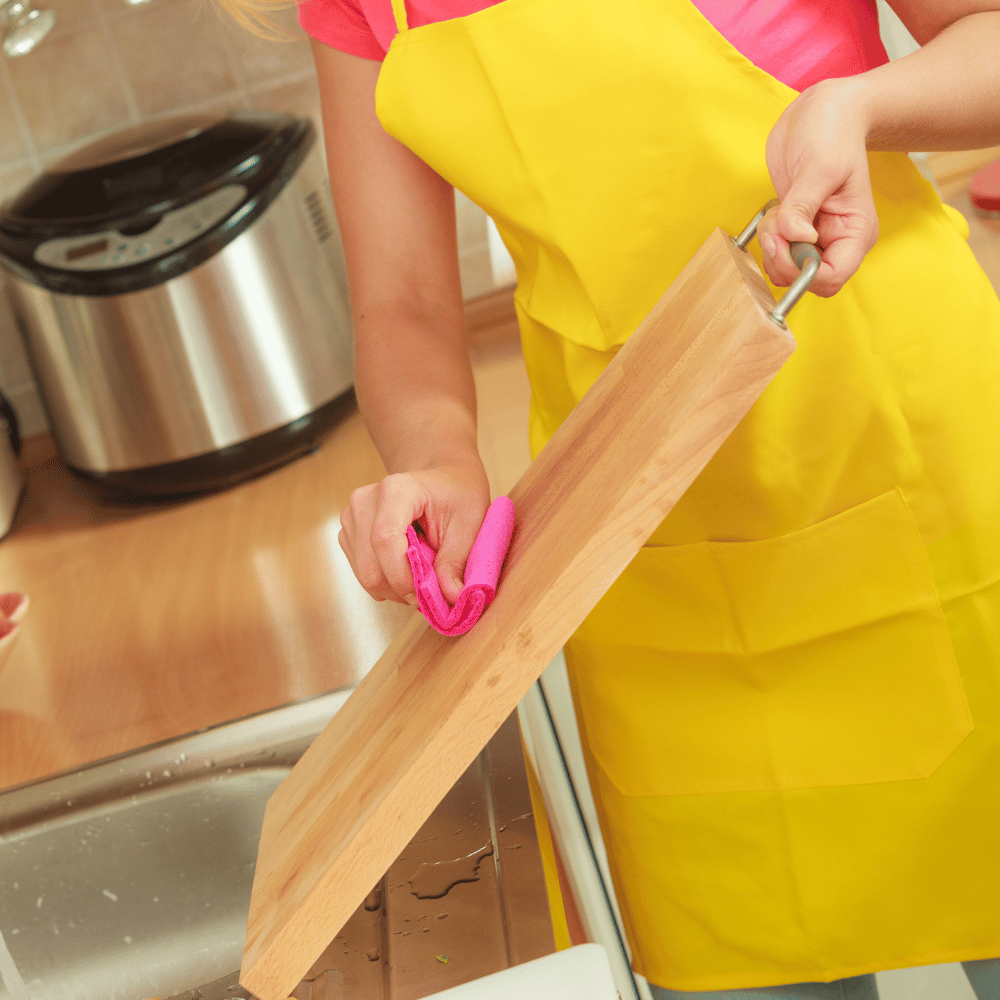
Oiling: The Secret to a Long-Lasting Board
Oiling your wood cutting board is essential to prevent drying and cracking. Use a food-grade mineral oil or a specialized cutting board oil. Apply the oil with a clean cloth, working in the direction of the grain. Allow the oil to soak in for a few hours or overnight before wiping off any excess.
Avoiding Common Cleaning Mistakes
- Never put your wood cutting board in the dishwasher, as the heat and prolonged exposure to water can damage the wood.
- Never let your board soak in water, especially dirty dish water. The water softens the wood fibers, allowing moisture and bacteria deeper into the board's surface.
- Also, avoid using harsh chemicals or abrasive cleaners that can strip the natural oils from the wood and cause it to dry out or crack.
Storing Your Wood Cutting Board Properly
Proper storage is key to the longevity of your wood cutting board. Store it in a dry, well-ventilated area away from direct sunlight. If you have multiple boards, store them vertically with space between each board to allow air circulation and prevent moisture buildup.
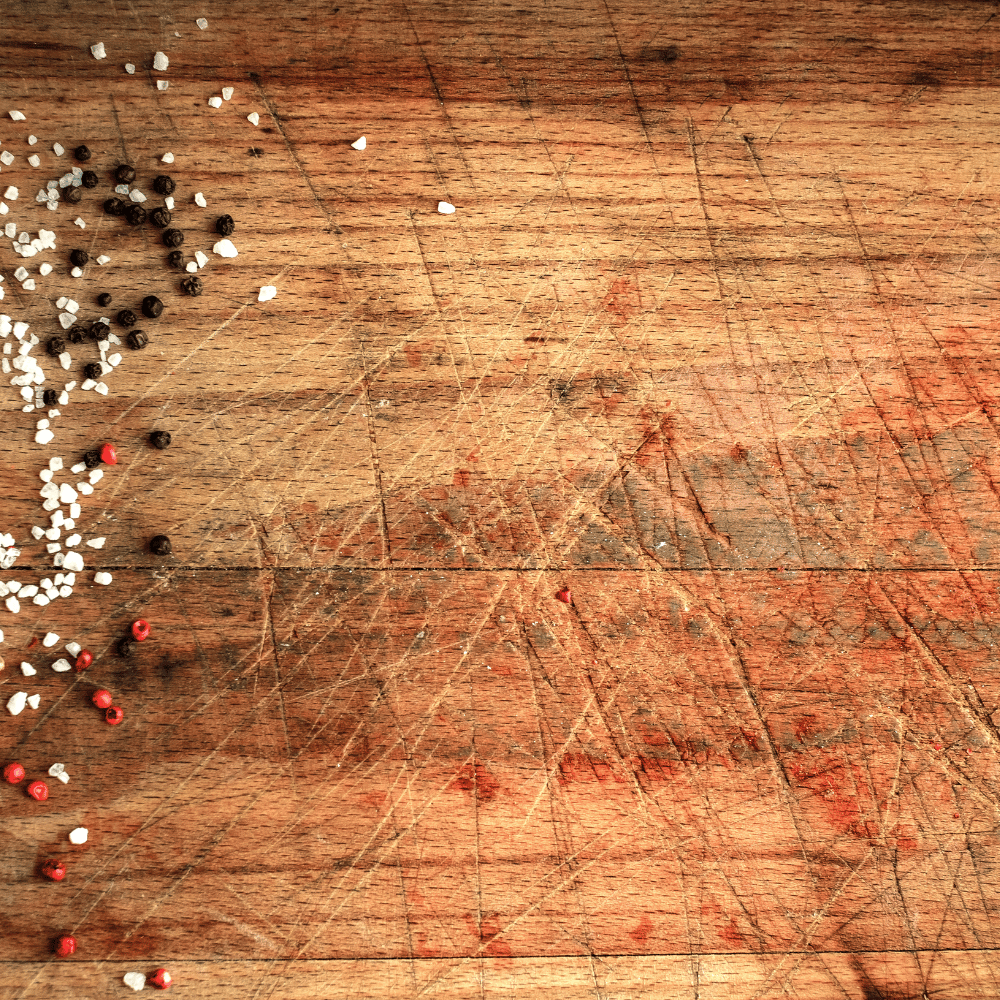
When to Replace Your Wood Cutting Board
Even with diligent care, a wood cutting board will eventually show signs of wear and tear. Deep cracks or grooves can harbor bacteria and are difficult to clean effectively. If your board has become warped, cracked, or heavily scarred, it's time to consider replacing it.
Summary
Cleaning and maintaining your wood cutting board is essential for food safety and to extend the life of your board. Regular cleaning with warm, soapy water, tackling stains and odors with natural cleaners like lemon and salt, and sanitizing with bleach or vinegar will keep your board in top condition. Oiling your board regularly will prevent drying and cracking, ensuring that it remains a beautiful and functional part of your kitchen for years to come.
FAQ Section
Q: How often should I oil my wood cutting board? A: It's recommended to oil your wood cutting board once a month or whenever it starts to look dry. If you use your board frequently, you may need to oil it more often.
Q: Can I use olive oil to oil my wood cutting board? A: It's best to avoid using olive oil or other cooking oils, as they can become rancid over time. Instead, use food-grade mineral oil or a specialized cutting board oil designed for wood.
Q: Is it safe to cut raw meat on a wood cutting board? A: Yes, it is safe to cut raw meat on a wood cutting board as long as you sanitize the board properly afterward. Use a bleach solution or vinegar to ensure the board is free from harmful bacteria before using it again.
